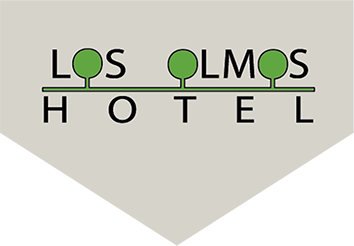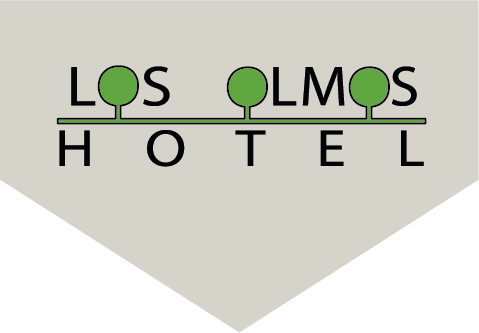What to visit
where every corner tells a story and every street whispers ancestral secrets
ROMAN WALL WORLD HERITAGE SITE
CROSSROADS OF STREETS
The wall is approximately 2 km long and is surrounded by a moat that was once filled with water. It has an average height of about 10 metres and a thickness of about 4 metres. It is made of large granite blocks and has 85 defensive towers distributed along its perimeter.
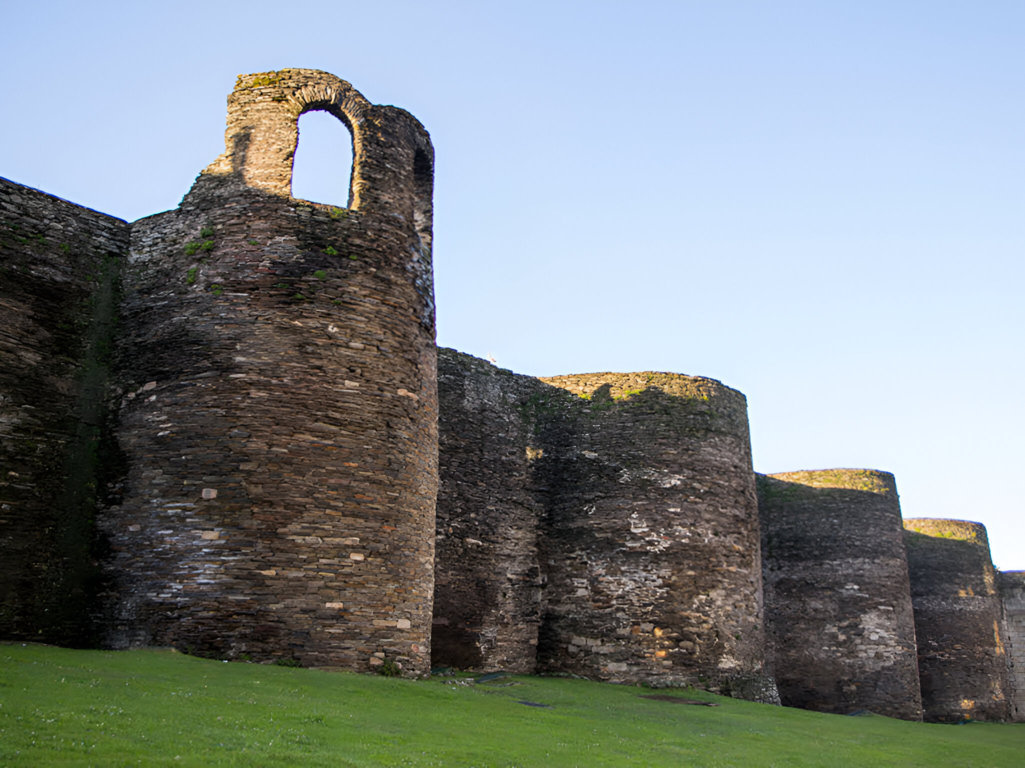
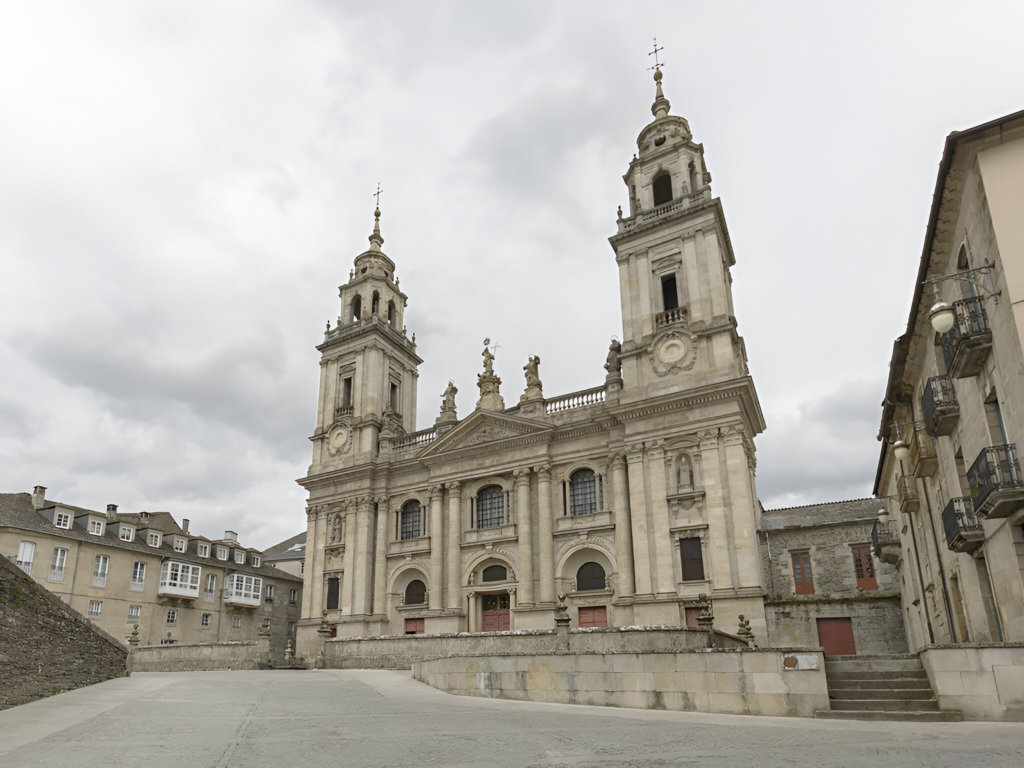
LUGO CATHEDRAL
World Heritage within the Pilgrims' Roads to Santiago
Lugo Cathedral invites you to travel through history, reflected in its walls like a great open book. A history that begins in late Roman times, after the foundation of the city by the Romans. With the subsequent evangelisation, a temple was built in this same place, around the 1st century.
DIOCESAN Museum
Permanent collection
Created in 1918, the MDCL, one of the oldest Galician museums, has completed a century of life. Located in the Cathedral since 1995, the MDCL allows visitors to get to know, tour and deepen their knowledge of its fabric, as it is housed in unique spaces: the Cloister, the Chapter House and the Anteroom of the Archive and the Cathedral's triforium.
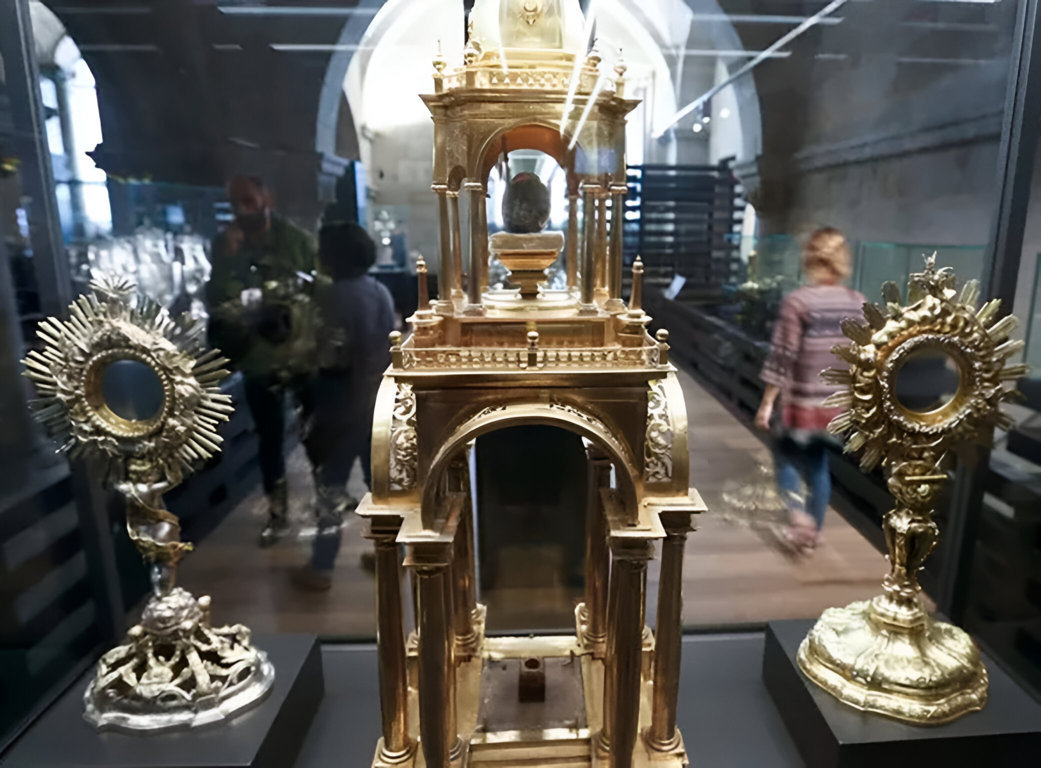

Provincial Museum
contemporary visual arts
The museum is housed in the Palace of the Counts of Castro de Oro, a historic 17th century building located in the centre of Lugo, close to the Roman wall and other tourist attractions.
HOUSE OF MOSAICS
origins of the city of Lugo.
La Casa de los Mosaicos muestra restos, musealizados in situ, de una "domus" de finales del siglo III o comienzos del IV. Su principal atractivo es el mosaico de la antesala y del "oecus", con motivos geométricos y figurativos.
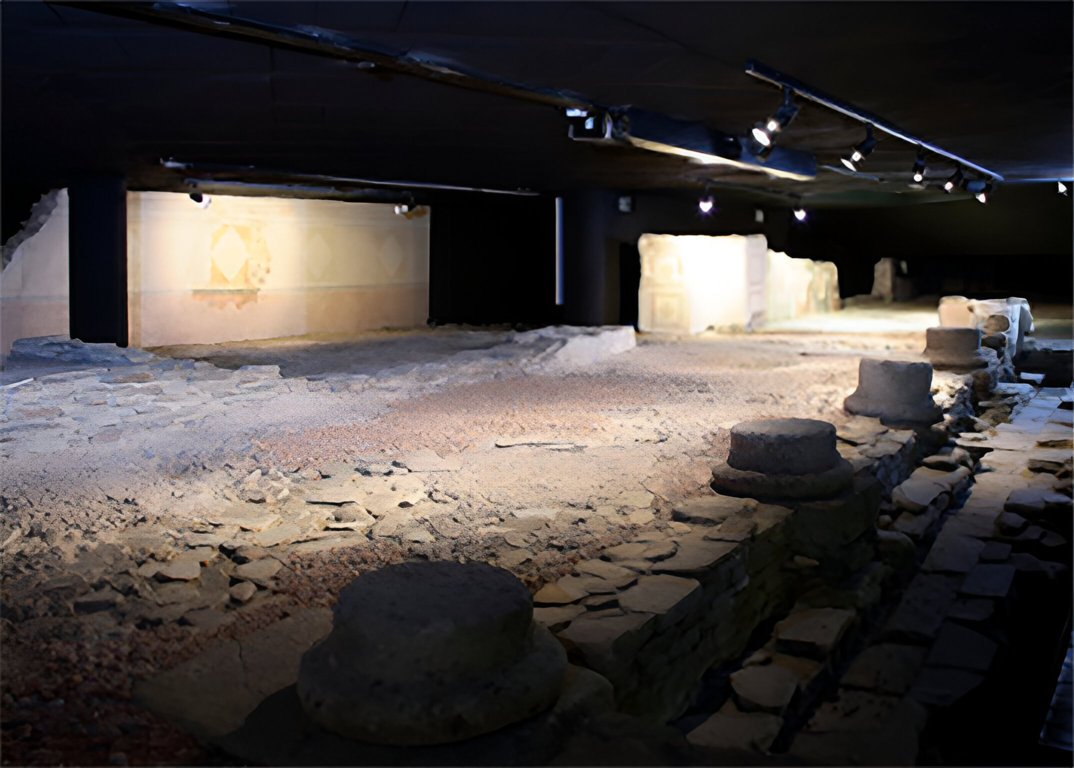
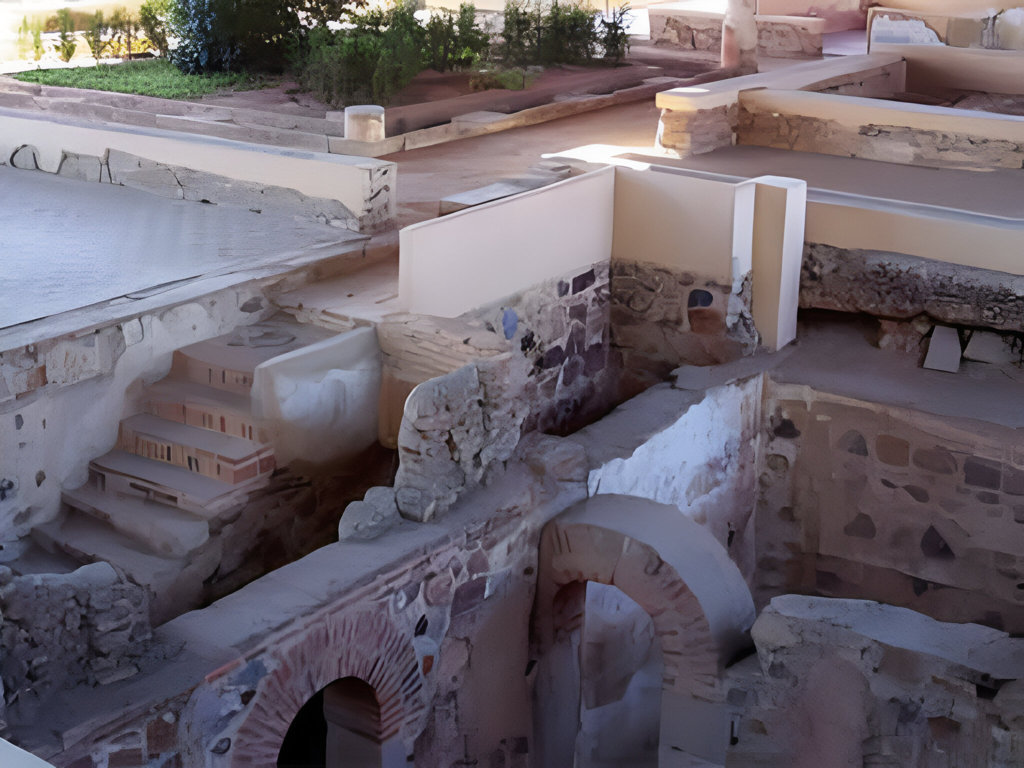
MITREO HOUSE
luxury domus of a Roman centurion
The Mithraeum, the place where the cult of the god Mithra, of Eastern origin, was held, is located on the first floor of the domus. It is a small building (154 m2), as befits these cults performed by small groups of worshippers.
ROMAN POOL
discovered in the 1970s and in 2004 it was museumised.
This Roman pool located in the Plaza de Santa María, was discovered in the 1970s and it was in 2004 when it was museumised. It is a 4th century AD pool measuring 3.5 metres by 1.8 metres, with a capacity of 4000 litres, decorated with grey and black tesserae. It is thought to have been used for baptisms, and may have formed part of a thermal bath or a domus spa.
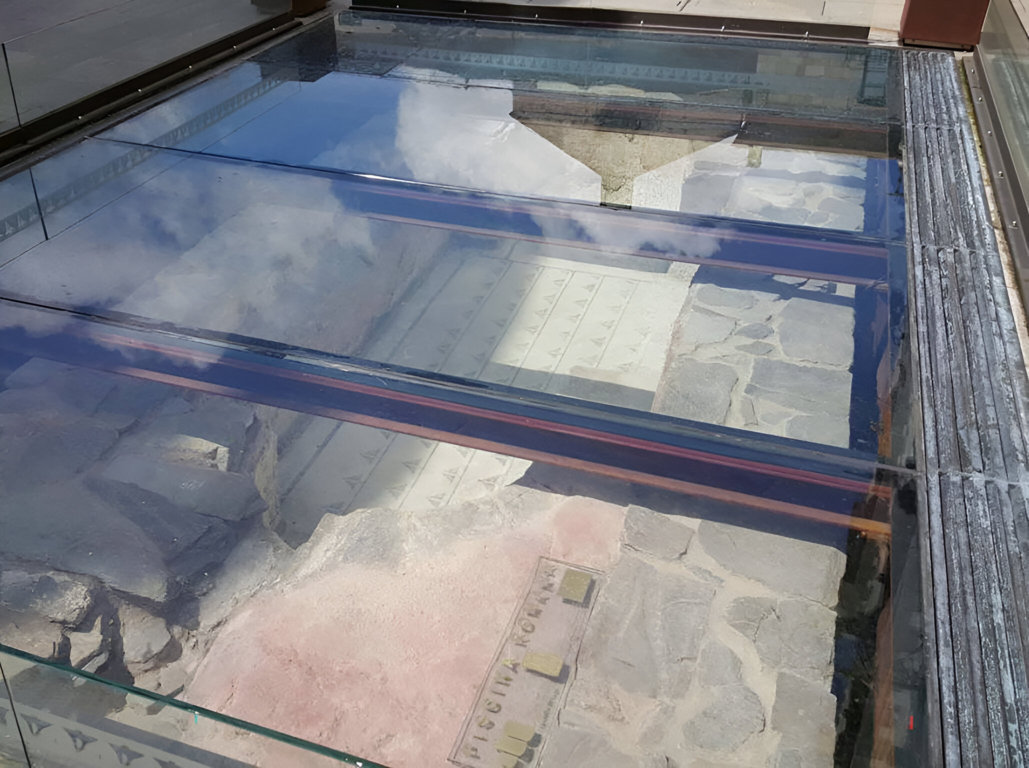
tourism in the surroundings of Lugo
where nature merges with history to create unforgettable landscapes.
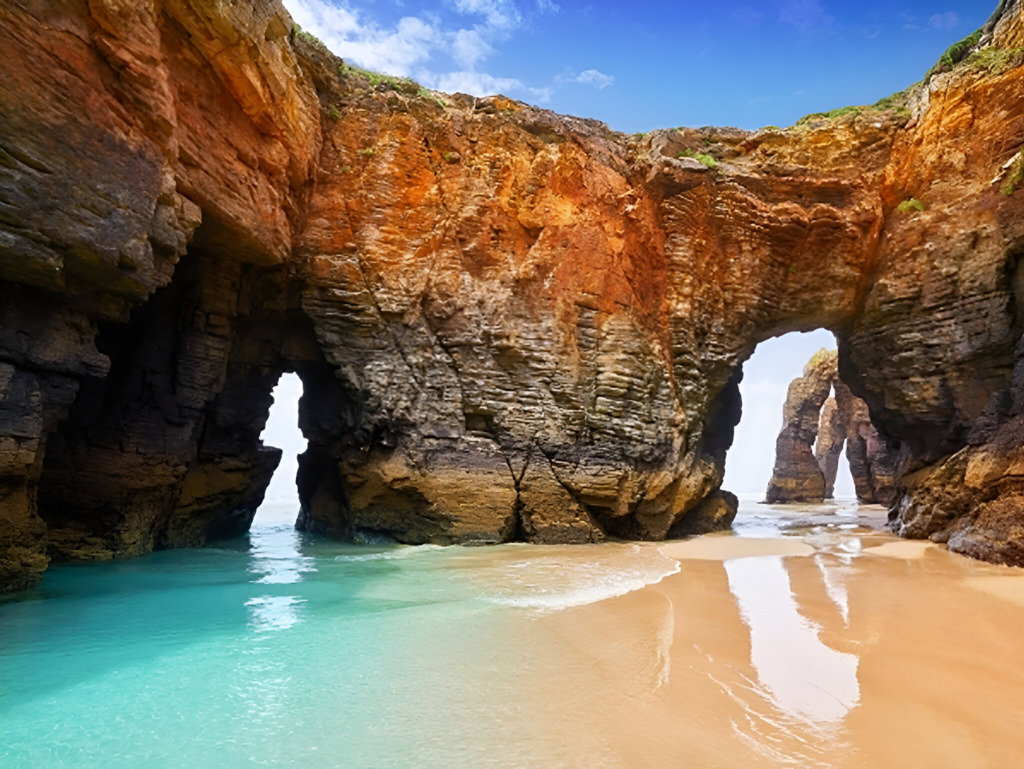
cathedrals beach
mariña lucense
Las Catedrales Beach is located in the Cantabrian Sea, in the parish of A Devesa, in the municipality of Ribadeo, Lugo, and is classified as a Natural Monument by the Xunta de Galicia.
It is also a protected area since February 2005 and a Site of Community Interest (L.I.C) in the Natura 2000 Network, due to its abundance of animals and plants. This means that it is considered the best beach in Spain and the eighteenth in the world.
towers of hercules
fortification
In the 17th century, under the reign of Charles IV, the Duke of Uceda carried out a complete reconstruction. The ground plan is square and the interior is organised around a central cruciform axis that distributes the three floors into four rooms each, covered with half-barrel vaults of opus caementicium, accessed from the ramp that ascended between the two outer walls. Three different types of materials were used in its construction: opus quadratum, ashlars and opus caementicium, concrete.
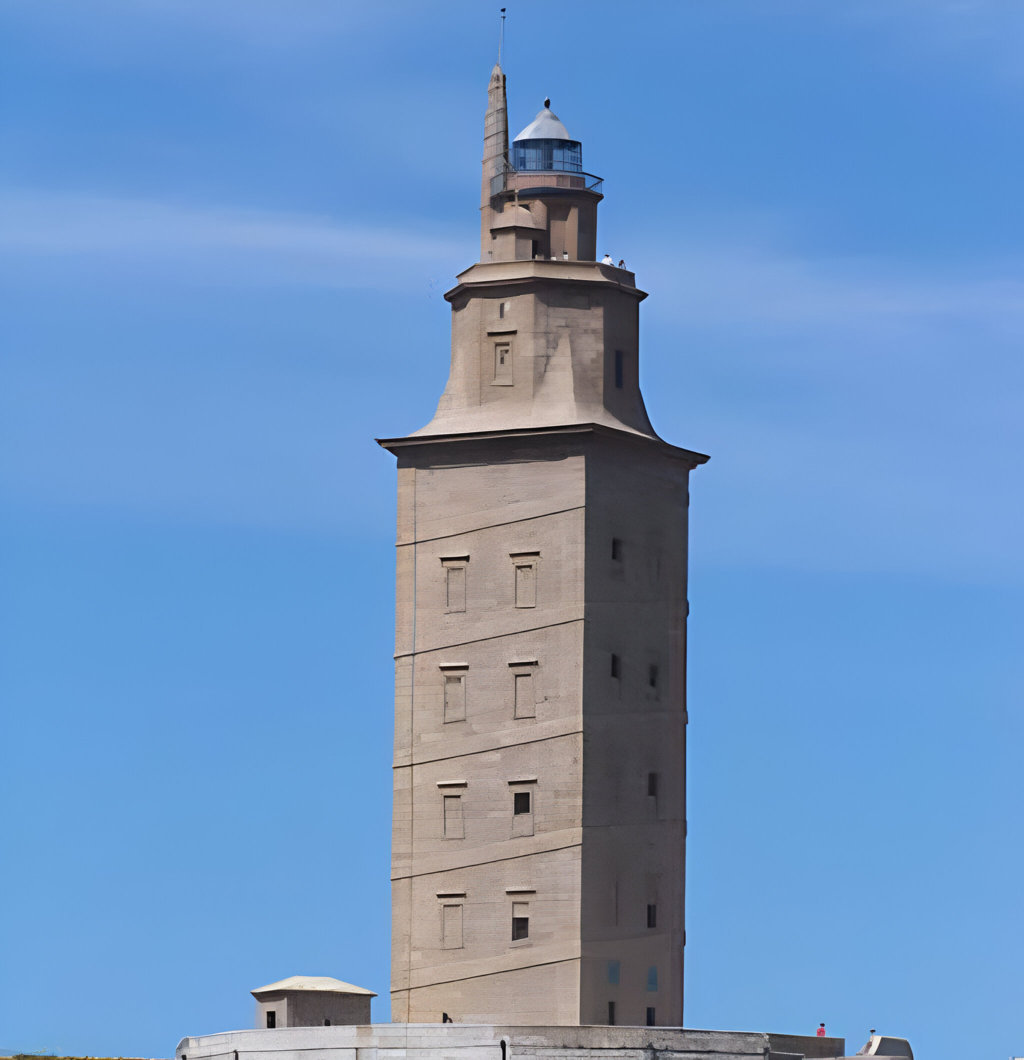
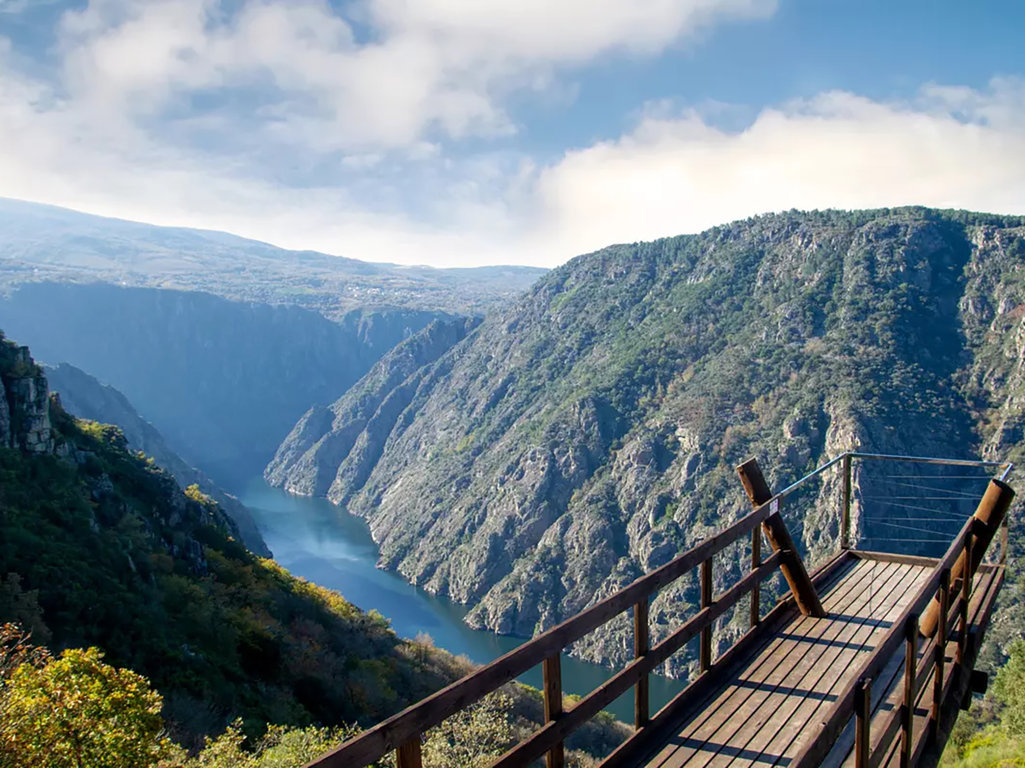
Sil canyons
Ribeira Sacra
The Sil Canyon is undoubtedly one of the most important elements of Ribeira Sacra. This deep gorge of rock, water and sinuous curves leaves no one indifferent. Its vertical slopes, worked since ancient times, are still today the livelihood of many inhabitants of the area, who produce grapes of excellent quality.
